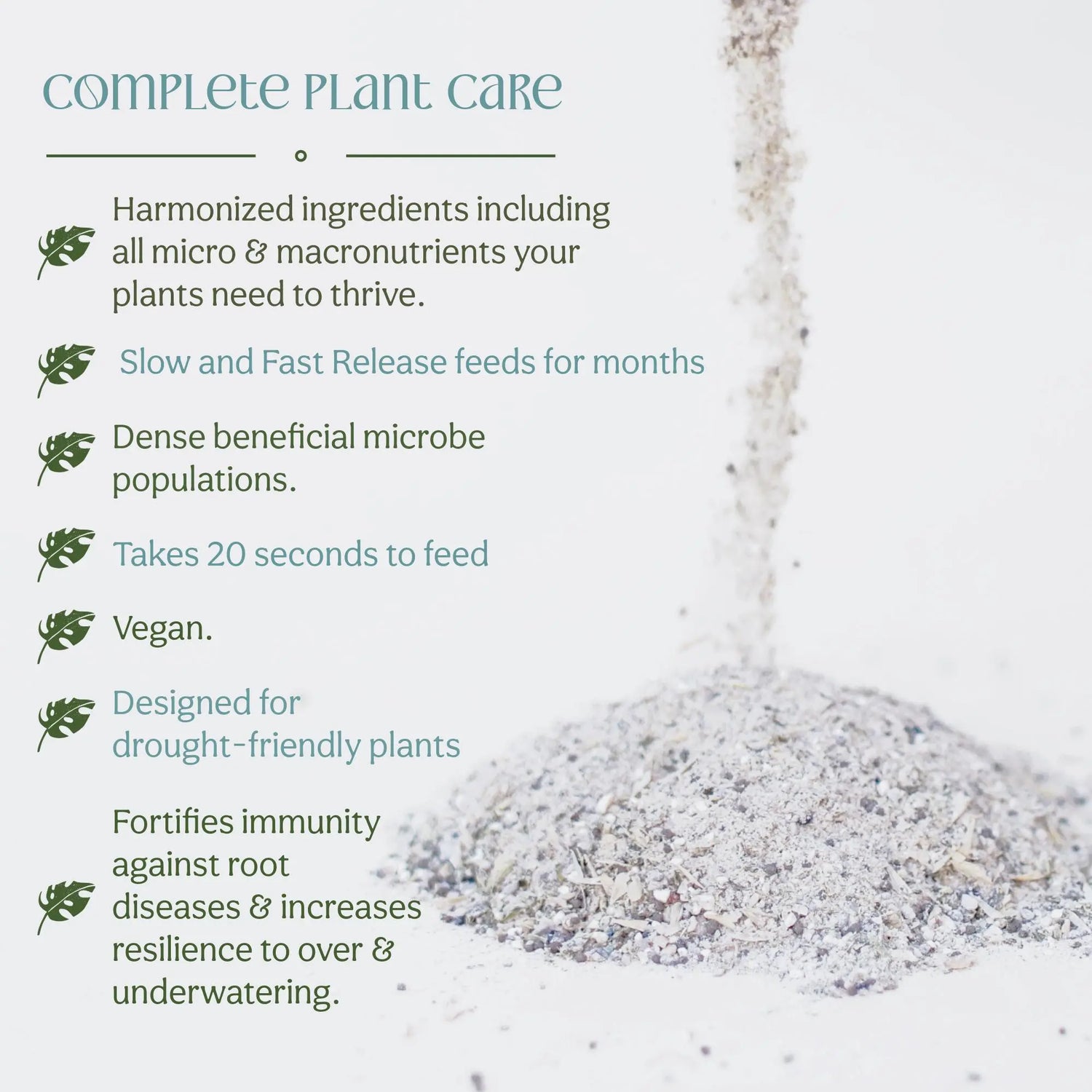The Importance of Plant Nutrition and Fertilization
Plants, like all living organisms, require nutrients to grow, develop, and thrive. These nutrients are broadly categorized into macronutrients and micronutrients. Each nutrient plays a specific role in plant growth and development. Proper fertilization ensures that plants receive these essential nutrients, leading to healthy growth, increased yield, and improved resistance to diseases and pests.
Macronutrients
Nitrogen (N):
Role: Essential for the synthesis of amino acids, proteins, and chlorophyll. Promotes leafy growth.
Optimal Range: 1.5-2.5% in plant tissue.
Deficiency Symptoms: Yellowing of older leaves (chlorosis), stunted growth.
Phosphorus (P):
Role: Crucial for energy transfer (ATP), root development, and flowering.
Optimal Range: 0.3-0.5% in plant tissue.
Deficiency Symptoms: Dark green or purplish leaves, poor root growth, delayed maturity.
Potassium (K):
Role: Regulates water uptake, enzyme activation, and photosynthesis. Enhances disease resistance.
Optimal Range: 1.5-2.5% in plant tissue.
Deficiency Symptoms: Yellowing or browning at leaf edges, weak stems, reduced yield.
Calcium (Ca):
Role: Important for cell wall structure, root development, and nutrient uptake.
Optimal Range: 0.5-1.5% in plant tissue.
Deficiency Symptoms: New leaves are distorted or irregular, blossom end rot in fruits.
Magnesium (Mg):
Role: Central component of chlorophyll, aids in enzyme function and photosynthesis.
Optimal Range: 0.2-0.4% in plant tissue.
Deficiency Symptoms: Interveinal chlorosis in older leaves, poor growth.
Sulfur (S):
Role: Integral to amino acids, proteins, and vitamins. Supports enzyme function.
Optimal Range: 0.1-0.3% in plant tissue.
Deficiency Symptoms: Yellowing of new leaves, stunted growth.
Micronutrients
Iron (Fe):
Role: Vital for chlorophyll synthesis and enzyme function.
Optimal Range: 50-150 ppm in plant tissue.
Deficiency Symptoms: Interveinal chlorosis in young leaves.
Manganese (Mn):
Role: Involved in photosynthesis, nitrogen metabolism, and enzyme activation.
Optimal Range: 20-100 ppm in plant tissue.
Deficiency Symptoms: Interveinal chlorosis, brown spots on leaves.
Copper (Cu):
Role: Necessary for photosynthesis, respiration, and lignin synthesis.
Optimal Range: 5-20 ppm in plant tissue.
Deficiency Symptoms: Stunted growth, dieback of shoots, yellowing of leaves.
Zinc (Zn):
Role: Important for enzyme function, protein synthesis, and growth regulation.
Optimal Range: 20-50 ppm in plant tissue.
Deficiency Symptoms: Shortened internodes, malformed leaves.
Boron (B):
Role: Crucial for cell wall formation, membrane integrity, and reproductive development.
Optimal Range: 20-60 ppm in plant tissue.
Deficiency Symptoms: Brittle leaves, poor fruit and seed development.
Molybdenum (Mo):
Role: Required for nitrogen fixation and nitrate reduction.
Optimal Range: 0.1-1 ppm in plant tissue.
Deficiency Symptoms: Interveinal chlorosis, poor growth in legumes.
The Role of Microbes in Fertilization
Microbes in the Wild:
Decomposition: Microorganisms such as bacteria and fungi decompose organic matter, releasing nutrients into the soil.
Nitrogen Fixation: Certain bacteria, like Rhizobium, fix atmospheric nitrogen into a form that plants can absorb and use.
Mycorrhizal Associations: Mycorrhizal fungi form symbiotic relationships with plant roots, enhancing nutrient and water uptake.
Disease Suppression: Soil microbes can help suppress plant diseases by outcompeting harmful pathogens.
Adaptation to Intentional Growing:
Composting: Incorporating compost into soil boosts microbial activity, enriching the soil with nutrients and improving its structure.
Biofertilizers: Using biofertilizers, which contain beneficial microbes, can enhance nutrient availability and promote plant growth.
Crop Rotation: Rotating crops, especially with legumes, can improve soil health and nutrient content through natural nitrogen fixation.
Cover Cropping: Planting cover crops can prevent soil erosion, improve soil fertility, and support beneficial soil microbes.
Synthetic vs. Organic Fertilizers
Synthetic Fertilizers:
Composition: Chemically manufactured and highly concentrated in specific nutrients.
Advantages: Immediate availability to plants, precise nutrient ratios, cost-effective.
Disadvantages: Can lead to nutrient imbalances, potential environmental pollution, may harm beneficial soil microorganisms.
Organic Fertilizers:
Composition: Derived from natural sources such as compost, manure, and bone meal.
Advantages: Improve soil structure, promote beneficial microorganisms, slow nutrient release.
Disadvantages: Lower nutrient concentrations, may require larger quantities, variable nutrient content.
Nutritional Adaptations to Regions and Climates
Plants have evolved to adapt to various regions and climates, affecting their nutritional requirements. For instance:
Tropical Climates: Plants in tropical regions often have adaptations to efficiently use water and nutrients due to high rainfall and leaching. They may require more potassium and phosphorus.
Arid Climates: Desert plants typically have deep root systems to access water and nutrients. They may need more calcium and magnesium to thrive in alkaline soils.
Temperate Climates: Plants in temperate regions benefit from balanced nutrient uptake due to moderate temperatures and precipitation. They may require regular fertilization to replenish soil nutrients depleted by cropping cycles.
Conclusion
Understanding the roles of macronutrients and micronutrients, as well as the differences between synthetic and organic fertilizers, is crucial for optimal plant growth. Incorporating microbial activity into fertilization practices can enhance nutrient availability and promote sustainable agriculture. By tailoring fertilization practices to specific plant needs, regional conditions, and microbial interactions, gardeners and farmers can ensure healthy, productive plants and a sustainable environment.







0 comments